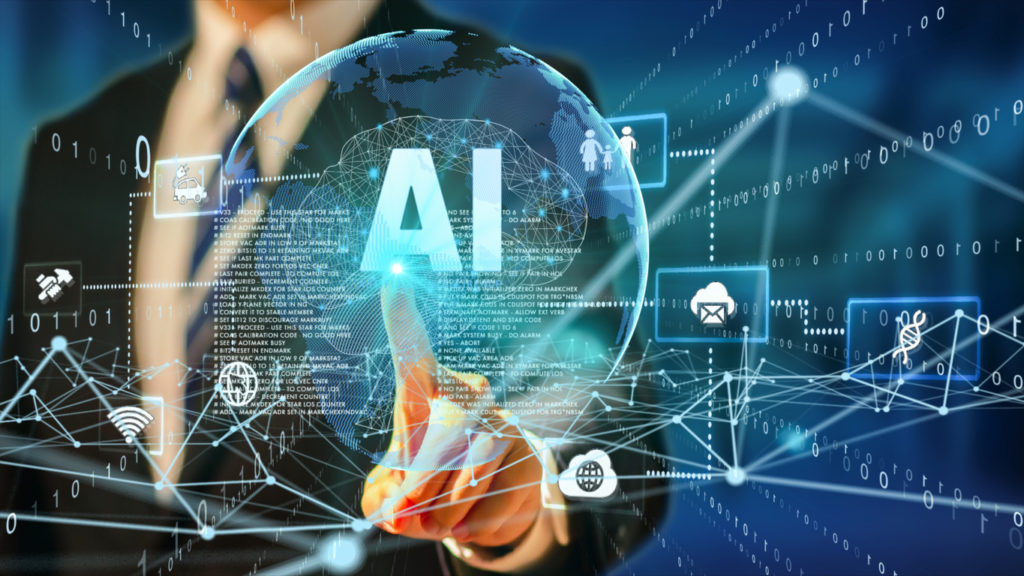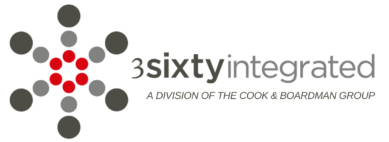
Video analytics is becoming increasingly important for modern surveillance systems, and the trend is only set to continue. Security industry analysts predict that by 2030 most organizations will be employing analytics as part of their internal security.
Forward-thinking organizations know that video analytics is crucial to a robust security program. Still, the topic can quickly get very complex and technical, with many factors to consider, including the type of video camera, algorithms, and add-on options. However, the basics are simple, and if organizations are willing to invest a little time and effort into understanding the concepts, they will be able to improve their existing physical security systems significantly. In this article, we will cover the basic concepts and technology behind video analytics by highlighting some real-world use cases.
Breaking down video analytics
Video analytics combines video signals and computer algorithms designed to analyze video signals. The algorithms are typically designed to provide analytic insights and enable use cases like facial recognition, safety, and security, foot traffic detection, etc.
When we break down all the AI and machine learning technical jargon, we actually arrive at a simple three-step process that makes video analytics so powerful: Detection, Tracking, and Reasoning.
1. Detection
In simple terms, when we refer to detection, we are actually talking about algorithms that detect the difference between objects in a field of view. Detection is associated with many trending concepts related to video analytics, such as deep learning, machine learning, and artificial intelligence.
Detection is important because we want to know who arrives at our facility, but it doesn’t address all of our security, safety, and monitoring concerns. For example, we also want to know where they are going, which leads us to step two.
2. Tracking
The concept of tracking can get complicated really quickly due to the broad scope of what an AI security camera can actually accomplish. Explaining how a PTZ security camera can track vehicles or humans entering a facility and follow their path may sound like something straight out of a science fiction book for your average corporate employee. Still, it is much easier to understand it when we see actual video analytics tracking functions such as people tracking.
3. Reasoning
The reasoning function is about connecting the dots. It’s where detection and tracking convert into an actual application. For example, for people tracking, you can define a line, and when a person crosses this line you count, but people following is much more than that. Benefits of people tracking include detecting intruders, wrong-way detection, people counting, physical distancing, and customer behavior analysis. With so many functions, one can only imagine the amount of information and insights a business can get from video analytics.
Video analytics for more than just security
Modern video analytics platforms provide powerful tools that allow organizations to improve their physical security and optimize their business performance. Three main areas other than physical security where video analytics has a major impact are worker safety, business intelligence, and operational efficiency.
Worker safety
In a post-pandemic environment, the manufacturing industry has had to adjust to new requirements, challenges, and safety concerns for workers. Video analytics is assisting the manufacturing industry throughout this transition. Organizations use video surveillance analytics to improve working conditions, enforce safety protocols, monitor processes and equipment, and ensure compliance.
Business Intelligence (BI)
Business intelligence (BI) is becoming increasingly important in business decision-making. All organizations, regardless of size or purpose, require the ability to harness, analyze, and use large amounts of data.
Businesses may now convert simple IP video into actionable business analytics thanks to today’s modern security solutions. Retailers, for example, use video analytics to better understand traffic patterns and customer behavior. Video analytics is increasingly being used in the hospitality industry to improve the client experience. Video analytics are used by hotel management to control occupancy levels and safety needs. Ultimately, video analytics aids businesses in increasing their operational efficiency.
Operational efficiency
Improving production efficiency and applying cost-effective techniques are two critical criteria that separate manufacturing leaders from laggards. Video analytics is used in some of the most cutting-edge Internet of Things (IoT) applications. Product tracing, for example, combined with intelligent video analytics, provides insights into manufacturing processes, eliminating bottlenecks and enhancing productivity.
The bottom line is that video analytics empowers data-driven decision-making which is a key to operating safely and efficiently.
Final thoughts
Today’s AI-driven video security systems have the highest ROI when compared to traditional security and video recording systems. Companies of all sizes can now benefit from video analytics thanks to advancements in AI and integration.
Those interested in learning more about video analytics should contact a reputable security integrator that can assist them in determining which types of analytics are ideal for each use case and how to implement the system effectively.
At 3Sixty Integrated, we are here to advance enterprise organizations across multiple verticals to develop and implement sustainable security solutions. With over 20 years of experience, our team designs, installs, and maintains custom security solutions to keep your organization and assets safe and secure. Ready to get started? Contact us today to schedule a 30-meeting consultation or call us at (877) 374-9894.

